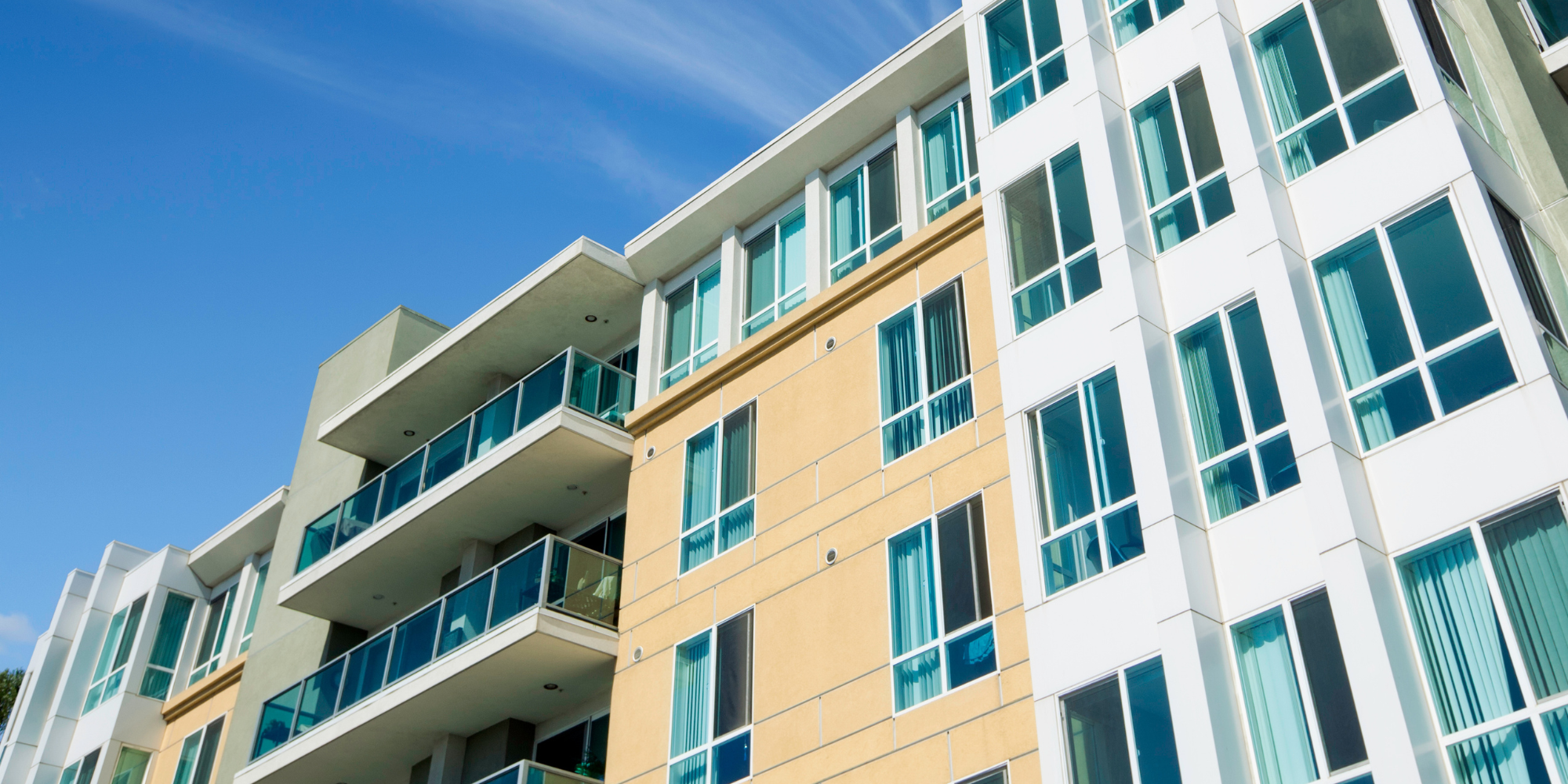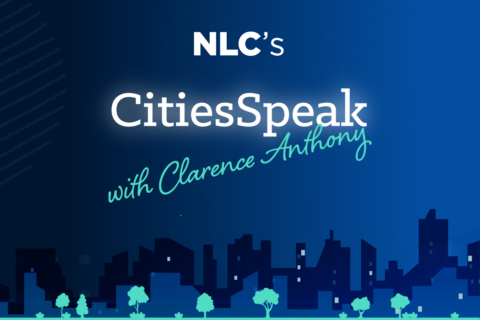Resilient housing, homes that are built or retrofitted to be energy efficient and withstand extreme weather events, have numerous benefits. Resiliency upgrades to housing increase long-term housing stability, improve human health, benefit the local economy, and are essential to ensuring the long-term stability of our communities.
While it is imperative to transition all housing to become more resilient, a special focus is required for resilient affordable housing. Resilient affordable housing is a key component to environmental justice: low-income households and households of color are more likely to live in environmentally vulnerable locations, are least likely to have the resources to relocate or rebuild after a disaster event, and are more likely to be renters who receive disproportionately less federal disaster aid. For households already in financially precarious situations, an extreme weather event can be a breaking point, resulting in the loss of essential employment or homelessness. Amid a nationwide affordable housing shortage, the further loss of affordable housing stock from extreme weather events compounds an existing crisis.
Targeted investment in resilient affordable housing is also essential to reach the housing stock most in need of weatherization and maintenance, as affordable housing stock often consists of older and more vulnerable homes. This presents an opportunity for larger gains in energy efficiency, carbon emissions reduction, safety and structural integrity improvements from retrofits and thus is an effective and fiscally responsible use of city funds and staff time.
Federal Funding
Federal funding opportunities exist through the American Rescue Plan Act (ARPA), the Bipartisan Infrastructure Law (BIL), and the Inflation Reduction Act (IRA). Below are some opportunities available to local leaders that support resilient investments in affordable housing.
- ARPA State and Local Fiscal Recovery Funds (SLFRF) – eligible uses include home weatherization upgrades and retrofits for affordable housing.
- IRA Green and Resilient Retrofit Program (GRRP) at the Department of Housing and Urban Development (HUD). Programs are for HUD-assisted properties. Read more about the GRPP in the IRA Guidebook, referenced below.
- Grants and Loans – “improve energy or water efficiency; enhance indoor air quality or sustainability; implement the use of zero-emission electricity generation, low-emission building materials or processes, energy storage, or building electrification strategies; or make the properties more resilient to climate impacts.”
- Benchmarking – “energy and water benchmarking … provide associated data analysis and evaluation at the property and portfolio level.”
- IRA Home Weatherization and Home Energy Upgrades loans, grants and tax incentives – some programs are geared toward multifamily buildings and low-income households.
- Energy Efficiency and Conservation Block Grants (EECBG) – can be used by local governments to create programs for energy efficiency upgrades and renewable energy installations or financing. Read about other eligible uses here.
Resilient Affordable Housing Implementation
While accessing this once-in-a-generation funding is one critically important step that local leaders can take to increase the availability and longevity of affordable housing stock, there are other critical actions city leaders are taking to create an enabling environment in their communities for resilient affordable housing.
Programmatic
- Develop local programs eligible for federal grants, such as energy efficiency upgrades and structural retrofits for low-income residents and affordable housing developments; strategies to increase resiliency include floodproofing, insulation upgrades, elevated living spaces, stormwater management, and distributed energy. For example, San Antonio’s Under 1 Roof Initiative provides funding for residents to retrofit old roofs with new, energy-efficient cooling roofs to lower utility costs and combat heat.
- Provide technical assistance to residents and homeowners applying directly for federal loans and tax incentives.
- Communicate online and at public meetings the federal, state, and local funding and assistance opportunities available to residents and homeowners.
Social
- Use community land trusts, rent control, housing trust funds, renter protections, zoning reform, and other policy measures to minimize displacement of current residents. In Florida, the Florida Keys Community Land Trust helps ensure that low- and middle-income residents can remain in their communities in the wake of increasingly frequent and destructive hurricanes.
- Encourage or require Community Benefits Agreements (CBA) with developers. The Union Square Neighborhood Council’s CBA with developers in Somerville, MA created more affordable housing, workforce development, and resilience infrastructure alongside new development.
- Focus efforts on areas that are the most socially vulnerable, defined by FEMA as “the susceptibility of social groups to the adverse impacts of natural hazards, including disproportionate death, injury, loss, or disruption of livelihood.”
Regulatory
- Enact resiliency requirements in building codes and zoning ordinances, such as Norfolk, VA’s flood resilience zoning ordinance.
- Enact Solar Ready ordinances for new and/or renovated affordable homes/multifamily buildings, like Stearns County, MN solar ordinance, which met local community priorities, secured a pollinator habitat, and provided stormwater management benefits. A model solar-ready code can be found here.
- Conduct a risk assessment of current and planned locations for affordable housing and other low-income residential districts; use results to inform Planning Department decisions to incorporate results; communicate results to residents and developers. New York City’s Learning Collaborative for Multifamily Housing is one good example of conducting vulnerability assessments of affordable housing stock to prepare for disasters.
Learn More
For more information and technical assistance on applying for federal funding, visit the Local Infrastructure Hub.











